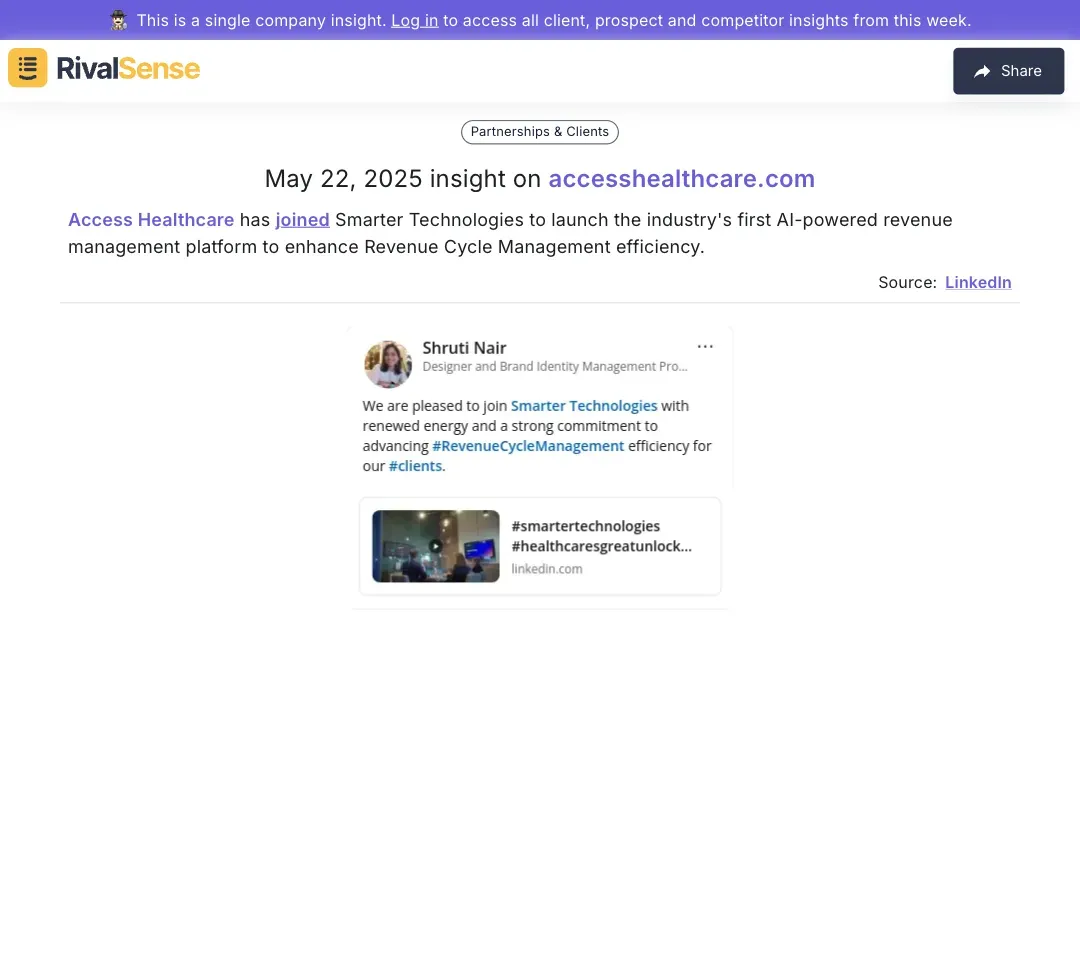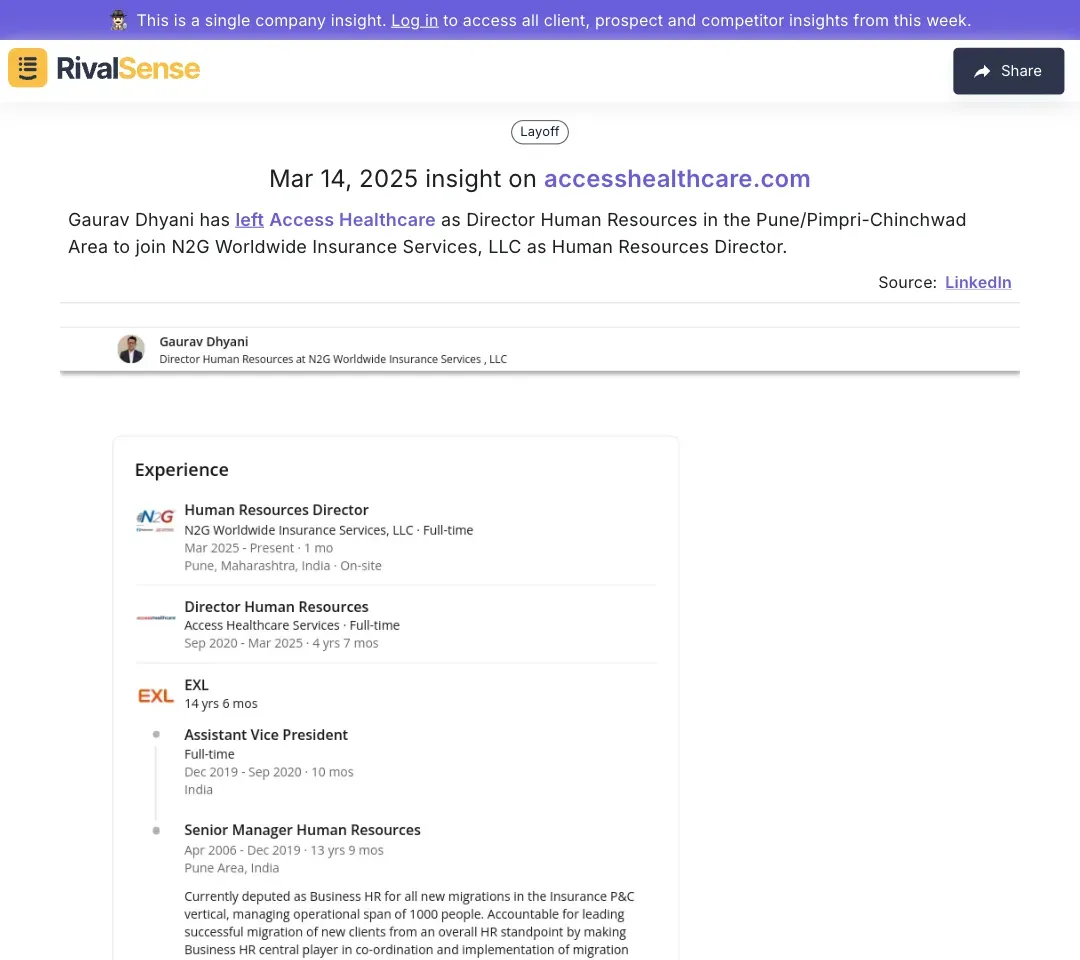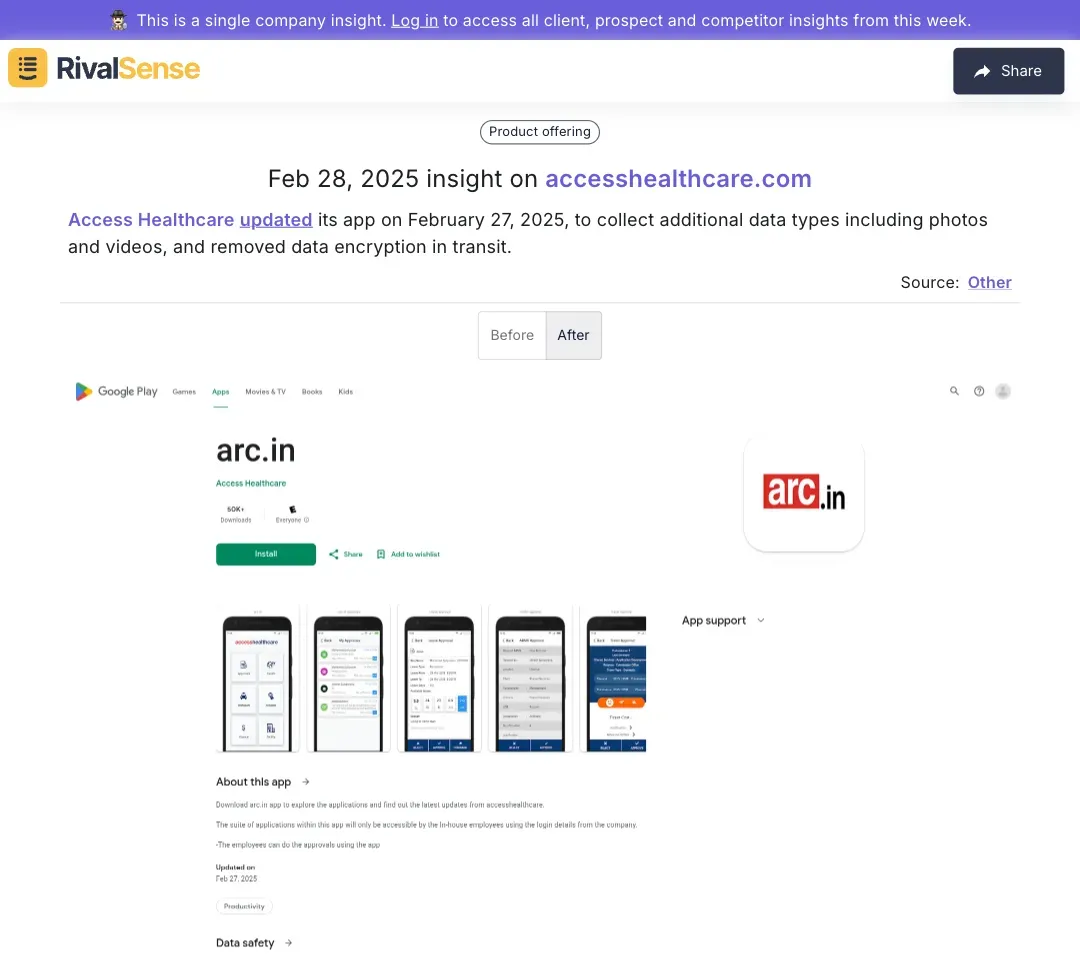Healthcare Revenue Cycle Management in 2025: AI Innovations, Security Challenges, and Strategic Adaptation
The healthcare revenue cycle management (RCM) landscape is undergoing radical transformation as we approach mid-2025. With 63% of providers now using AI-driven tools and cybersecurity breaches increasing by 41% year-over-year, organizations must balance technological adoption with risk mitigation. Here's how industry leaders are adapting - and how you can maintain competitive advantage through intelligent monitoring.
The AI Revolution: Beyond Basic Automation
Modern AI solutions now handle 82% of prior authorization workflows and reduce claim denial rates by up to 57% through:
- Natural language processing for real-time clinical documentation coding
- Predictive analytics modeling payer behavior patterns
- Self-learning systems that adapt to CMS rule changes within 24 hours

Next-gen platforms now provide granular denial probability scores and prescriptive correction guidance
Leadership Shifts Reshaping RCM Strategies
Recent moves like UnitedHealth's recruitment of Mayo Clinic's CFO have triggered:
- Accelerated AI adoption timelines
- Payer-provider partnership models
- Vertical integration with patient financing solutions

Real-time tracking of C-suite changes helps predict organizational pivots 3-6 months before public announcements
The Double-Edged Sword of Digital Transformation
While 89% of providers now use mobile patient payment portals, recent vulnerabilities have exposed:
- 23% of apps using deprecated TLS 1.1 encryption
- 41% with inadequate PHI access audit trails
- 15% storing payment tokens in unsecured cloud buckets

Weekly competitor security audits help identify industry-wide vulnerabilities before exploitation
2025 Action Plan for RCM Leaders
- Implement Tiered AI Integration - Start with robotic process automation, scale to predictive analytics
- Establish Leadership Change Alerts - Monitor moves across competitors, vendors, and regulators
- Adopt Zero-Trust Data Practices - Mandate biometric authentication for all financial transactions
- Leverage Competitive Intelligence - Track peer organizations' tech stack updates and implementation timelines
Pro Tip: Organizations using competitor monitoring tools resolve emerging security issues 22% faster and match AI adoption rates 3.1x more effectively.
Ready to transform reactive adjustments into proactive strategy? RivalSense delivers critical competitor intelligence on:
- Real-time RCM technology adoption tracking
- Executive movement alerts across 1400+ health systems
- Security protocol changes in patient financial tools
Free Trial Offer: Get your customized 2025 RCM Competitor Benchmark Report within 48 hours - no credit card required.
📚 Read more
👉 How Top B2B Companies Outmaneuver Competitors: Pricing, Product, and Engagement Insights
👉 A Step-by-Step Framework for Analyzing Competitors’ Market Entry Strategies
👉 5 Common Pricing Strategy Mistakes Exposed by Competitor Tracking (And How to Avoid Them)
👉 How to Leverage Competitor Product Insights to Enhance Your Own Strategy: 5 Actionable Steps
